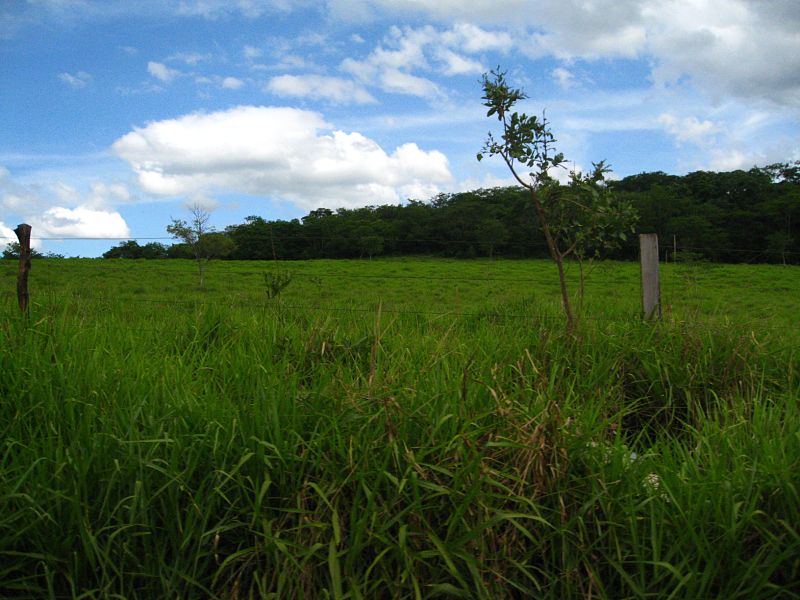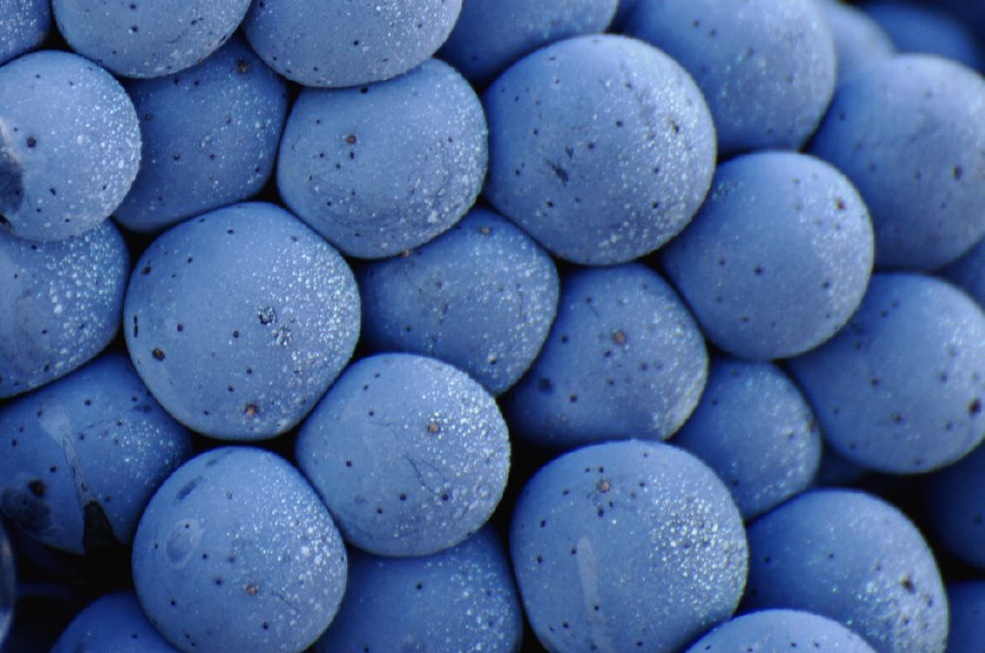The smell of Alzheimer’s
Venezuelan research suggests that the olfactory mucosa could be a resource for biomarkers of Alzheimer’s disease in the earliest stages of the disease Continue reading The smell of Alzheimer’s
Science news out of Latin America
Venezuelan research suggests that the olfactory mucosa could be a resource for biomarkers of Alzheimer’s disease in the earliest stages of the disease Continue reading The smell of Alzheimer’s
ANTARCTICA Brazil will rebuild the scientific base that burned down last year on King George Island in Antarctica. It will cover 4,500 square meters and include 17 laboratories for 64 people. ARGENTINA Researchers at the National University of Salta have developed low-cost solar water heaters for use by indigenous communities in the region. In addition, … Continue reading Engineering technology for health in Mexico, developing new food flours in the Dominican Republic, and biodiversity in Costa Rica
ANTARCTICA
A team of scientists has determined that a major cause of melting corresponds to the bottom of submerging ice shelves.

Researchers drilling to the bottom of Lake Hodgson of Antarctica have found microorganisms that date back 100,000 years. DNA studies will soon determine whether these findings are an unknown species.
ARGENTINA
A University of Mendoza study has demonstrated the neuroprotective effects of progesterone and their possible application as treatment for Parkinson’s disease. This research was commended by the Society of Biology of the Cuyo.
A team of researchers from the Universidad Nacional del Litoral has isolated bacteria from infant feces and breast milk for use in probiotics. The team’s intention is to grow up these microorganisms to commercial quantities so they can be incorporated into the daily glass of milk in low-income schools.
ARGENTINA
Scientists, patients and government entities in Argentina have reached an agreement to legislate stem cell therapies. The law “should address the scientific and therapeutic aspects of these cellular tools, always from a bioethical perspective, while guaranteeing the health protection of citizens,” stated Lino Brarañao, Argentina’s Minister of Science and Technology.

Recently, Argentina’s Ministry of Agriculture, Livestock and Fisheries passed a resolution for the evaluation of genetically modified crops like sugarcane and potatoes. This measure will allow two national institutions to progress in obtaining glyphosate tolerant sugarcase.
Argentine companies are working on breeding programs to increase protein levels in the soybean.
BOLIVIA
An international group of scientists led by Italian geographer Umberto Lombardo and Bolivian archaeologist José Capriles found in the Bolivian Amazon evidence of humans dating back 10,400 years. Their analysis concludes that hunter-gatherers settled there in the early Holocene. The work was published in the journal Plos One.
Argentines are protesting a new Monsanto factory in Cordoba, Peruvians are reviving ancient farming practices and almost 5 million chickens have been slaughtered in Mexico to contain the H7N3 avian flu. ARGENTINA A cropdusting lawsuit in Córdoba, Argentina resumed this week. Two soybean farmers and a pilot stand accused of cropdusting too close to urban … Continue reading Thursday July 26